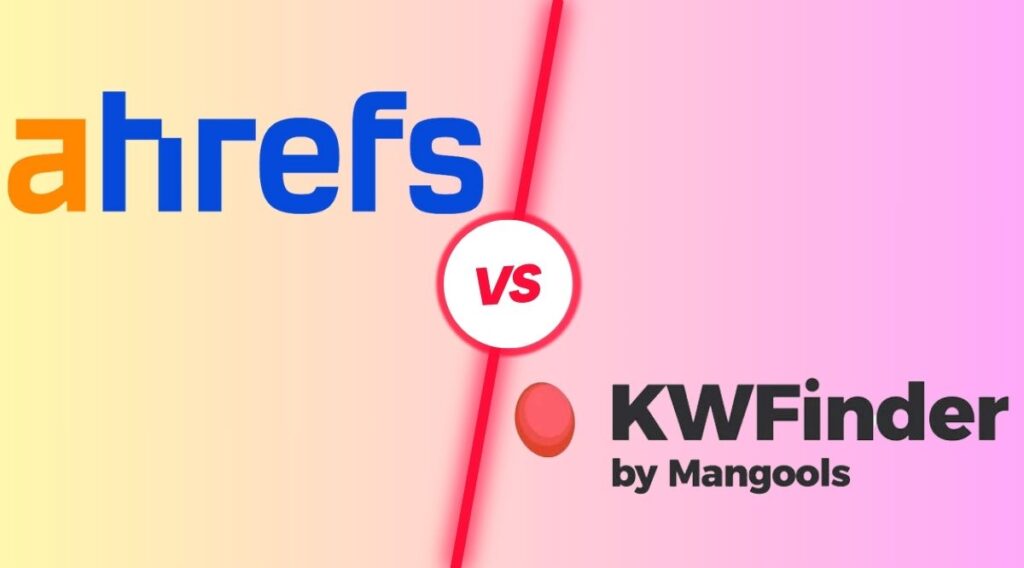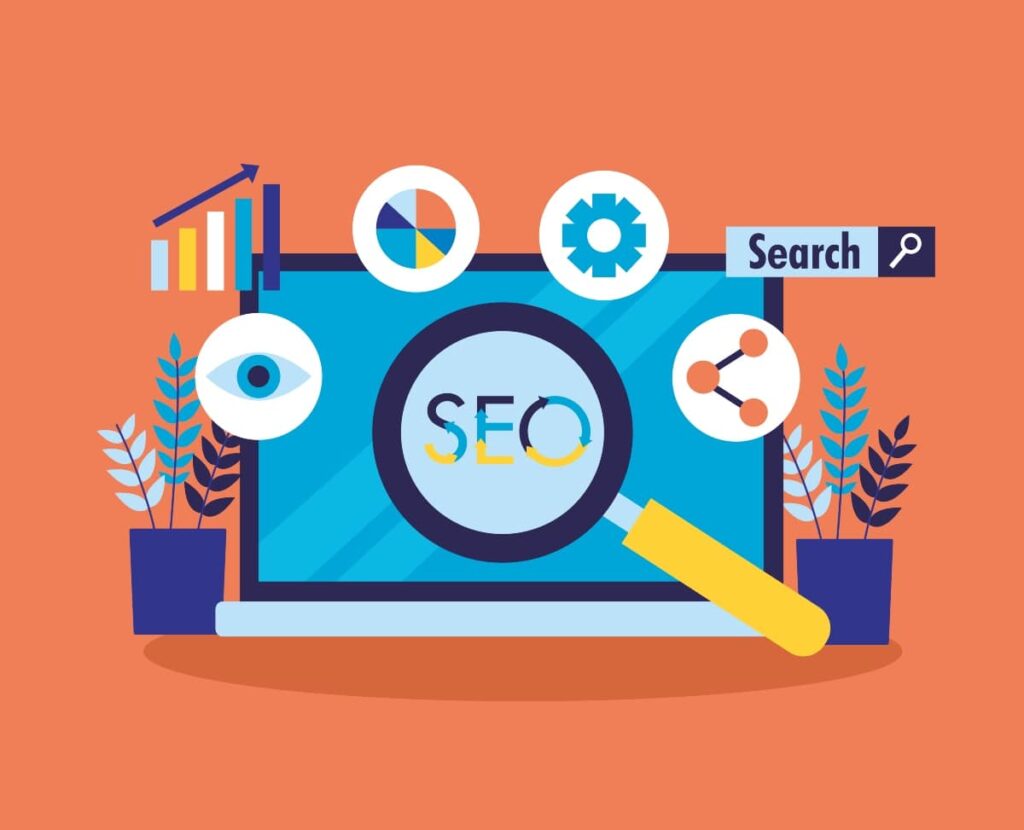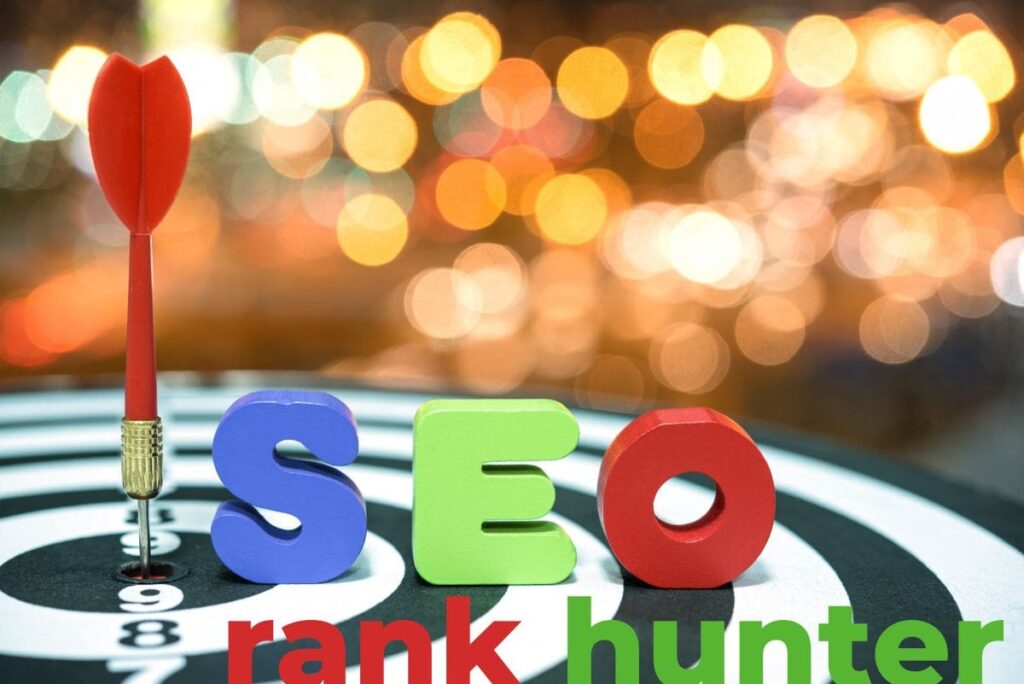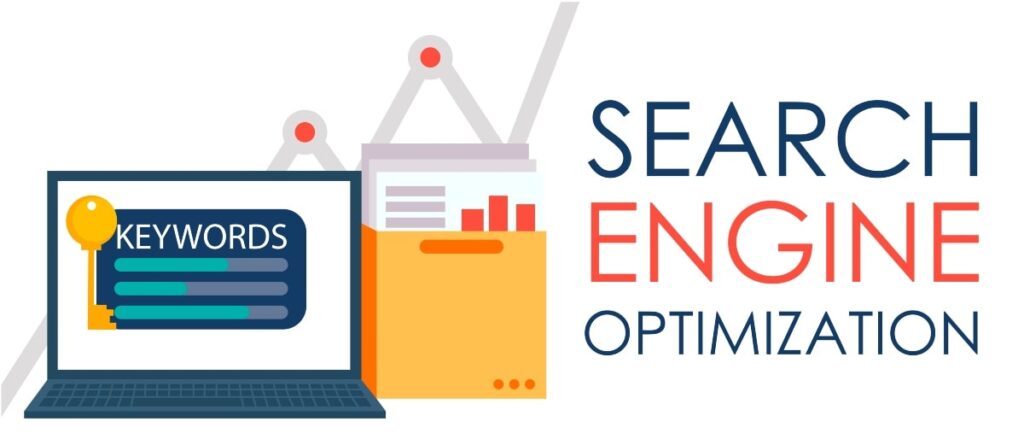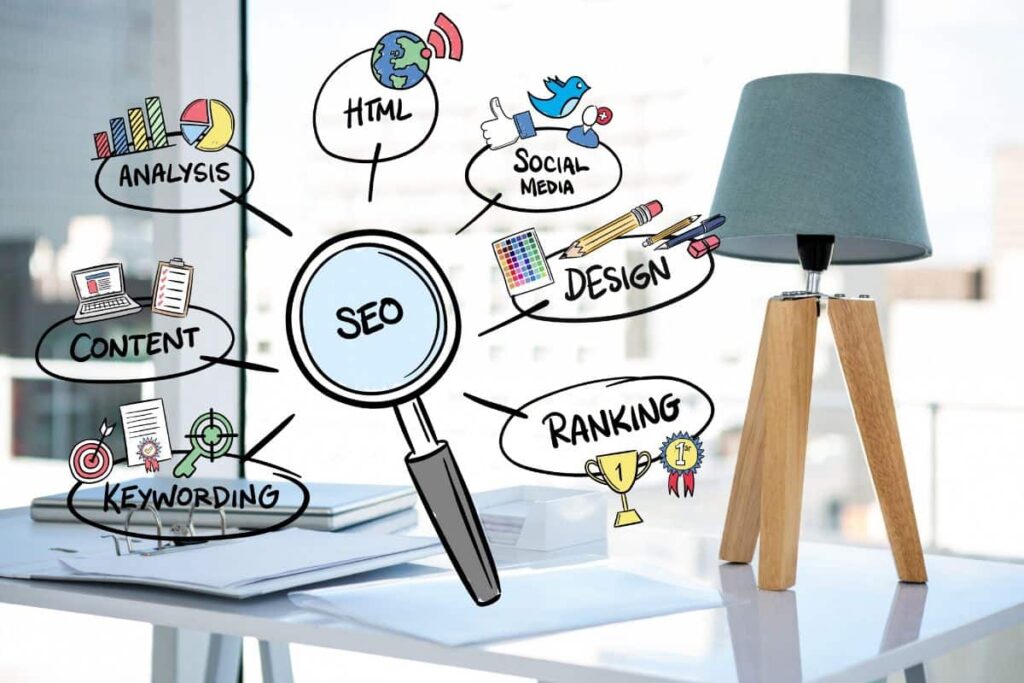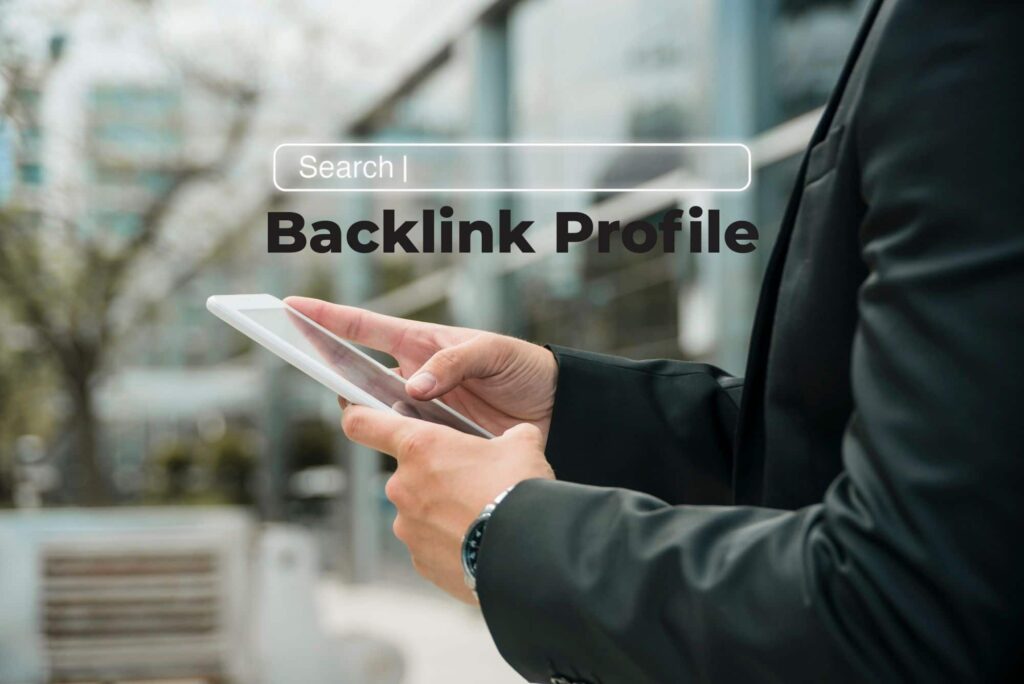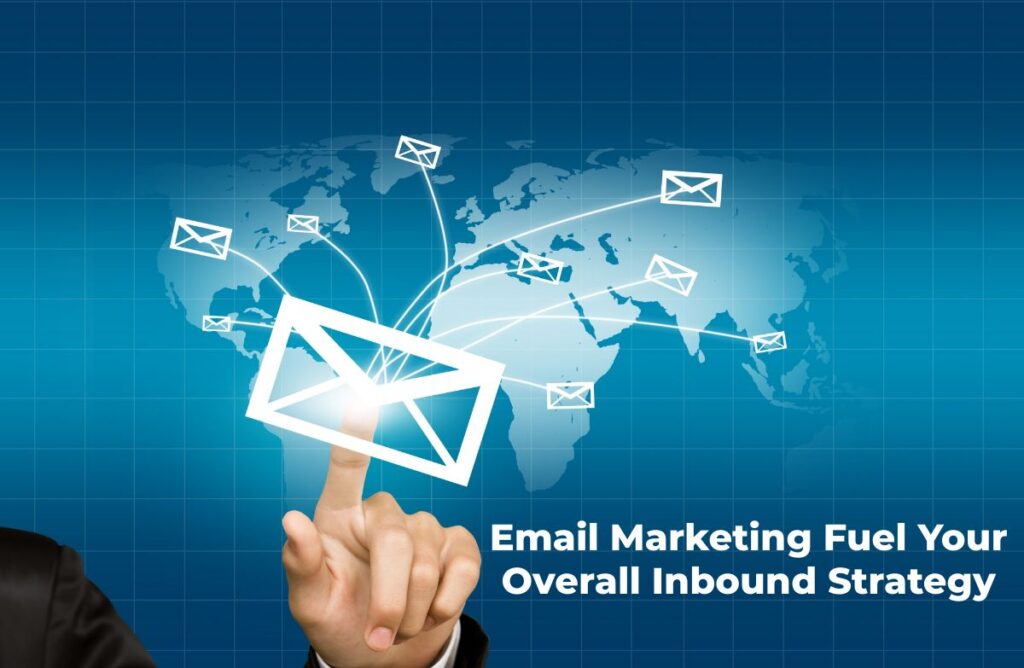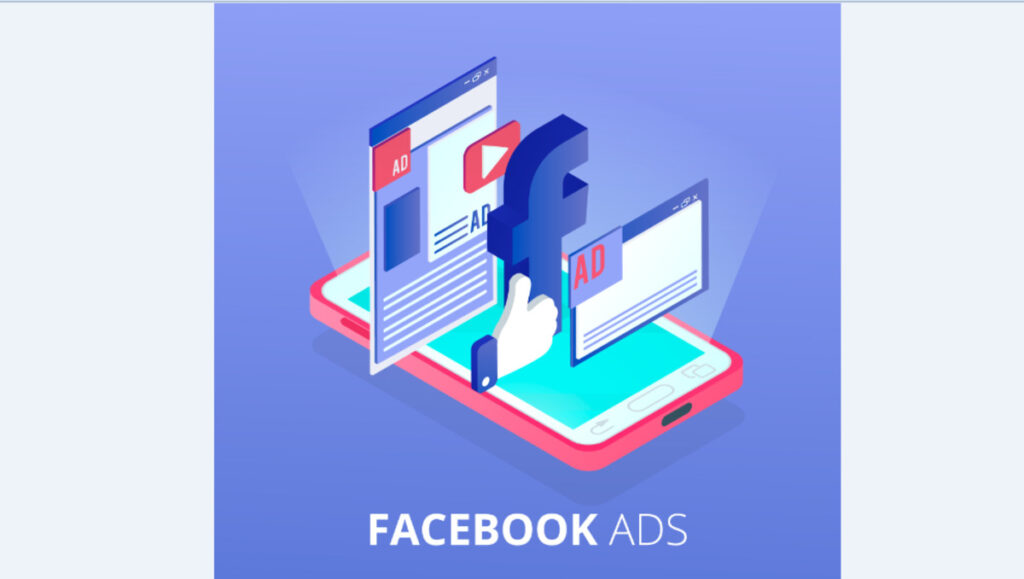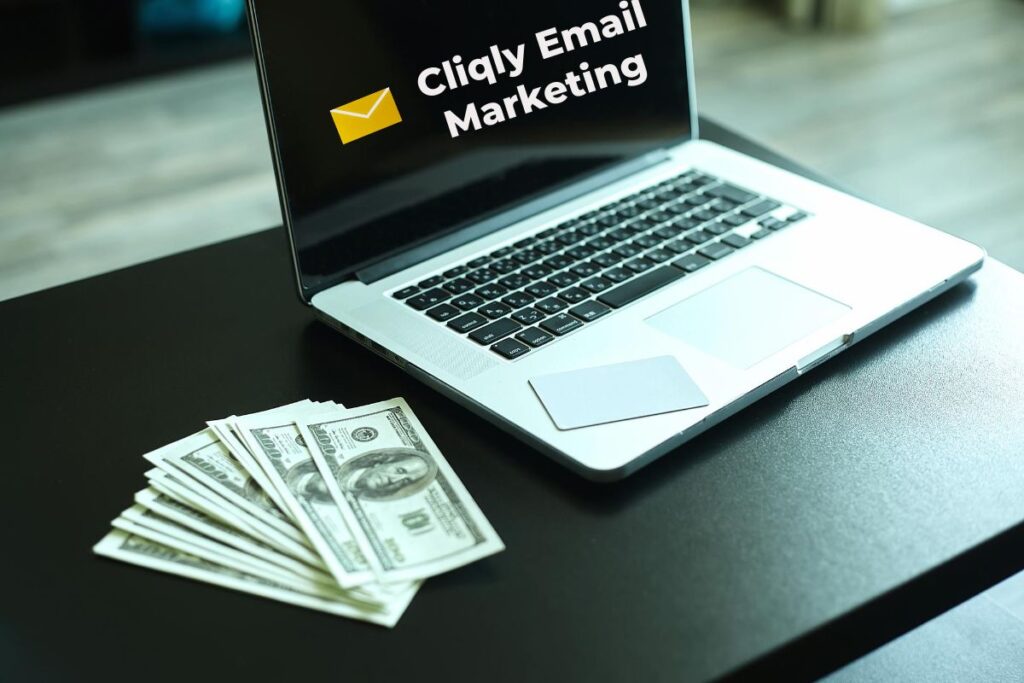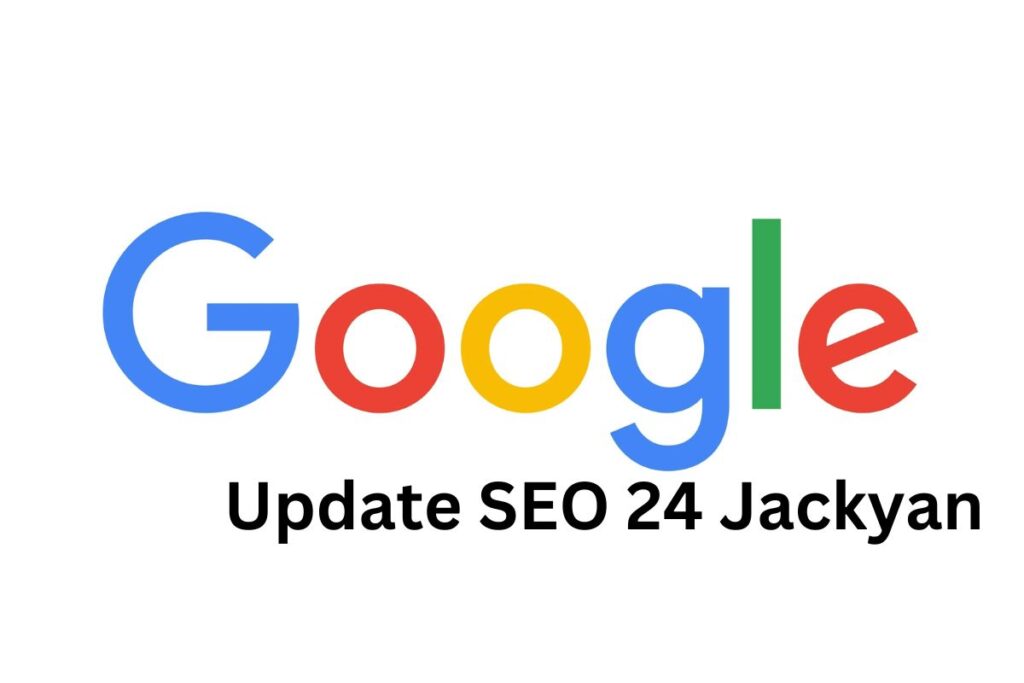Choosing the right strategy in the ever-evolving digital marketing landscape can significantly impact a company’s success. Two prominent approaches often stand out in marketing discussions are account-based marketing (ABM) and inbound marketing. Each comes with its advantages and challenges, making it crucial for businesses to understand their nuances and decide which aligns better with their goals. We will delve into the intricacies of ABM and Inbound Marketing, giving insights into when and how to employ these strategies for optimal results.
What is Account Based Marketing (ABM)?
ABM is a strategic marketing approach targeting specific individual accounts or a select group of high-value accounts. In contrast to traditional marketing that casts a wide net to reach a large audience, ABM tailors its efforts to engage and convert specific companies or accounts deemed ideal customers. This strategy involves deeply understanding the characteristics of these target accounts, often called Ideal Customer Profiles (ICPs). The content and outreach in ABM are highly personalized, aiming to address the specific needs and challenges of the targeted accounts. ABM aims to build strong, personalized relationships with these accounts, leading to increased conversion rates and customer satisfaction.
What is Inbound Marketing?
Inbound Marketing is a strategy that draws in and captivates a wider audience by creating valuable content and experiences. Instead of forcefully promoting products or services, Inbound Marketing seeks to attract potential customers naturally. It is accomplished by creating educational and engaging material that speaks to the needs and interests of the intended audience. Content production techniques like blogging, video marketing, and SEO optimization to increase natural traffic to a website are essential elements of inbound marketing. Additionally, Inbound Marketing involves lead generation through forms and landing pages, where visitors willingly provide information in exchange for valuable content. The primary objective is to increase brand recognition, foster trust, and lead potential customers through the sales process in a natural and customer-focused manner.
Importance of Choosing the Right Strategy related Account Based Marketing vs Inbound Marketing
Selecting the appropriate marketing approach is essential for the success of a business as it directly influences the perception of the brand and its ability to reach and convert its intended audience. The choice between Account based marketing and inbound marketing depends on various factors such as the nature of the business, the target audience, marketing goals, and available resources. The importance of the right strategy lies in optimizing marketing efforts to achieve specific objectives. ABM might be preferred when targeting specific high-value accounts is critical, while Inbound Marketing is suitable for businesses aiming to build a broad audience and brand awareness over time. Understanding the nuances of each strategy and aligning them with the business’s goals ensures a more effective and tailored approach to marketing.
Understanding Account-Based Marketing
Targeting Specific Accounts
Identifying Ideal Customer Profiles (ICPs)
In Account-Based Marketing (ABM), the process begins with identifying Ideal Customer Profiles (ICPs). These profiles define the characteristics of accounts that are most likely to become valuable customers. The ideal customer profile may encompass factors such as the industry, company size, location, or particular requirements that align with the products or services provided. This step ensures that marketing efforts are directed towards accounts with the highest potential for conversion.
Tailoring Content for Targeted Accounts
Once Ideal Customer Profiles are established, the next step involves tailoring content specifically for these targeted accounts. Unlike broader marketing approaches, ABM emphasizes creating content that addresses the identified accounts’ unique challenges, pain points, and interests. This personalized content is crafted to resonate with the target audience’s specific needs, increasing the relevance and effectiveness of marketing materials.
Personalization in ABM
Customized Outreach
Personalization extends beyond content creation to the outreach strategies employed in ABM. Customized outreach involves tailoring marketing messages, emails, and other communication methods to suit the characteristics of the targeted accounts. It might include referencing specific challenges the account is facing or showcasing how the offered products or services can provide tailored solutions. The goal is to establish a connection by demonstrating a deep understanding of the account’s individual needs.
One-to-One Communication
A distinctive feature of ABM is the emphasis on one-to-one communication. It involves engaging with individual accounts on a personalized level, fostering a direct and meaningful relationship. One-to-one communication can take various forms, including personalized emails, direct messages, or exclusive events organized for the targeted accounts. This individualized method fosters trust and enhances the connection between the company and its most important potential clients.
Metrics for Success in ABM
Account Engagement
In ABM, the traditional metrics shift from individual lead engagement to account engagement. Account engagement measures how actively the targeted accounts interact with the marketing content and outreach efforts. It goes beyond tracking individual leads and focuses on the collective engagement of the entire account. Monitoring account engagement provides insights into the effectiveness of the ABM strategy and helps adjust tactics for improved results.
Conversion Rates
Conversion rates in ABM are specifically tied to the targeted accounts. Rather than measuring the conversion of individual leads, ABM tracks the percentage of targeted accounts that successfully convert into customers. This metric is a key indicator of the personalized and targeted approach’s success, reflecting the ABM strategy’s efficiency in turning high-value accounts into valuable customers.
Navigating Inbound Marketing
Attraction through Content
Content Creation Strategies
Inbound marketing and strategic content creation are the foundation of attracting an audience. Content can come in different formats, such as blog posts, articles, videos, infographics, etc. The goal is to create valuable, informative, relevant content that resonates with the target audience. Content creation strategies involve:
- Identifying topics that address the pain points and interests of the audience.
- Establishing the business as an authority in its industry.
- Fostering engagement through compelling storytelling and informative material.
SEO Optimization for Organic Traffic
SEO is a critical element in Inbound Marketing. SEO optimization involves implementing strategies to enhance content visibility on search engine result pages. It includes using relevant keywords, creating high-quality content, optimizing meta tags, and improving website structure. By optimizing content for search engines, businesses aim to attract organic traffic, ensuring that their content is discoverable by individuals actively searching for information related to their products or services.
Lead Generation in Inbound Marketing
Forms and Landing Pages
Lead generation is pivotal in Inbound Marketing, and forms and landing pages are central to this process. Forms are strategically placed on websites, blog posts, or other digital platforms, prompting visitors to provide information in exchange for valuable content such as ebooks, whitepapers, or newsletters. Landing pages are dedicated pages designed to convert visitors into leads by offering specific information and encouraging them to fill out forms. This systematic approach lets businesses capture and nurture potential leads through the sales funnel.
Utilizing Social Media
Social media platforms are powerful tools in Inbound Marketing for amplifying content reach. Businesses use social media platforms like Facebook, LinkedIn, Instagram, and Twitter to post content, communicate with their audiences, and increase brand awareness.
Social media provides:
- A platform for direct communication with the target audience.
- Fostering a community around the brand and encouraging the sharing of valuable content.
- Further expanding the reach and impact of Inbound Marketing efforts.
Metrics for Success in Inbound Marketing
Website Traffic
Measuring website traffic is a fundamental metric in Inbound Marketing. It quantifies the number of visitors accessing the business’s website. Increased website traffic indicates the effectiveness of content creation and SEO strategies. Monitoring website traffic helps businesses understand which content resonates with the audience, allowing for data-driven adjustments to improve engagement and reach.
Lead Conversion Rates
Lead conversion rates gauge the success of Inbound Marketing in converting website visitors into leads. This measure indicates the proportion of visitors who complete the intended action, such as submitting a form or signing up for a newsletter. A higher lead conversion rate signifies that the content and lead generation strategies effectively engage and convince visitors to take the next step in the customer journey.
Pros and Cons of Account-Based Marketing
Advantages
- Targeted Approach: ABM allows marketers to focus on a select group of high-value accounts, increasing the likelihood of engaging with decision-makers within those organizations.
- Personalization: Since ABM targets specific accounts, marketing messages, and content can be highly personalized to address each account’s unique challenges and needs, leading to more meaningful interactions.
- Alignment of Sales and Marketing: ABM encourages close collaboration between sales and marketing teams. Both teams work together to identify, target, and nurture key accounts, resulting in a more unified and efficient approach.
- Higher Conversion Rates: By focusing on a limited number of high-potential accounts, ABM frequently results in increased conversion rates and more effective allocation of resources compared to broader, less focused strategies.
- Customer Retention: ABM is not just for acquiring new customers; it can also nurture and retain existing high-value customers by providing personalized and relevant content.
Disadvantages
- Resource Intensive: Implementing ABM requires significant time, resources, and technology. Identifying, researching, and targeting specific accounts can be resource-intensive.
- Limited Scale: ABM is best suited for businesses with a defined and manageable target account list. It may not be as effective for companies with a broad audience or those that rely on a high volume of leads.
- Risk of Over-Personalization: While personalization is a strength of ABM, there is a risk of over-personalization, where content becomes too narrow, alienating potential buyers who may not fit the exact profile but still have value.
- Complex Implementation: Implementing ABM requires coordination between various departments, the use of specialized technology, and a clear understanding of the target accounts. The level of difficulty in implementing can pose a challenge for certain organizations.
- Measurement Challenges: It can be challenging to attribute the success of ABM campaigns directly to revenue, as the sales cycle may be longer, and various touchpoints contribute to the final conversion. Measuring return on investment (ROI) can be complex, especially compared to conventional marketing methods.
Pros and Cons of Inbound Marketing
Advantages
- Cost-Effective: Inbound Marketing has the potential to be more economical compared to traditional outbound techniques, as it places a strong emphasis on generating content and utilizing online platforms. It often requires less budget for advertising and can generate organic traffic over time.
- Builds Trust and Credibility: Inbound marketing successfully builds audience trust and confidence by providing useful and instructive content. This trust can result in deeper connections with customers and higher brand loyalty.
- Targeted Audience Engagement: Inbound Marketing allows businesses to create content tailored to specific audiences. This focused strategy enhances the chances of drawing in the appropriate audience and turning them into paying customers.
- Long-Term Benefits: The content created for inbound marketing continues to provide value over time. Quality content can rank well in search engines, generate organic traffic, and serve as a long-term asset for the business.
- Adaptable to Changes: Inbound marketing is adaptable to changes in consumer behavior, search engine algorithms, and technology. Marketers can adjust their strategies based on data and insights, ensuring ongoing relevance.
Disadvantages
- Time-intensive: Building a solid inbound marketing strategy and seeing significant results can take time. It requires consistent content creation, optimization, and promotion effort before seeing substantial returns.
- Uncertain Results: Inbound marketing can be highly effective, but immediate results are not guaranteed. Success depends on various factors, including industry, competition, and the quality of content.
- Dependent on Quality Content: The effectiveness of inbound marketing greatly depends on its content’s caliber. If the content fails to be captivating, educational, or pertinent, it might not draw in the intended audience or effectively convert leads into customers.
- Competition for Attention: With the abundance of online content, businesses face intense competition for audience attention. A well-thought-out and implemented approach is necessary to make an impression in a congested digital landscape.
- Need for Ongoing Optimization: Inbound marketing strategies require continuous optimization. It includes monitoring performance metrics, adjusting content, and staying updated on industry trends to ensure sustained success.
When to Choose Account-Based Marketing
Complex B2B (Business-to-Business) Sales
Account based marketing is particularly well-suited for industries operating in the B2B space. In B2B scenarios, where businesses sell products or services to other businesses, the sales process often involves targeting specific companies or accounts rather than individual consumers. ABM allows for a highly personalized and targeted approach, aligning with the intricate nature of B2B transactions.
High-Value Target Accounts
Account based marketing vs inbound Marketing, ABM is a valuable strategy if your business depends on small accounts that contribute significantly to your revenue. ABM allows you to focus personalized and targeted efforts on engaging and converting these critical accounts. By directing your sales and marketing efforts toward the specific needs of these valuable accounts instead of targeting a broad audience, ABM improves the likelihood of achieving success.
Long Sales Cycles
Account based marketing vs inbound marketing, ABM is effective when dealing with industries or products/services that involve longer sales cycles. By nurturing and building relationships with key decision-makers within target accounts, ABM can influence the buying process over an extended period. In industries where decisions take time and involve multiple stages, ABM allows for sustained engagement, ensuring your business stays top-of-mind throughout the lengthy sales cycle.
Niche Markets
ABM is beneficial for businesses operating in niche markets or targeting specific industries. It enables a more customized and relevant marketing strategy tailored to that specific market’s unique characteristics and requirements. Suppose your business serves a specialized industry with distinct needs. In such situations, ABM enables you to create targeted messaging and campaigns that connect with a specific audience, increasing the impact of your marketing endeavors.
Sales and Marketing Alignment
ABM works best with strong collaboration and alignment between sales and marketing teams. Breaking down silos and fostering close cooperation ensures that the goals and objectives that both teams are pursuing are the same. When sales and marketing teams collaborate seamlessly, they can coordinate efforts to engage target accounts more effectively, leading to a more efficient and impactful ABM strategy.
Personalization is Crucial
ABM is a suitable strategy if your target audience expects a high level of personalization in marketing messages. ABM enables the creation of highly targeted content and campaigns tailored to each account’s needs and preferences. ABM enables you to provide tailored content to individual high-value accounts, enhancing the significance and impact of your marketing endeavors instead of using generic marketing messages.
Limited Resources
ABM can be resource-intensive, but it can still be a good choice for organizations with limited resources looking to maximize impact. Focusing on a smaller number of high-potential accounts can be more efficient than casting a wide net, allowing organizations to maximize their limited resources. Even with a small marketing budget, ABM allows you to allocate resources strategically, concentrating efforts on the accounts with the huge potential for conversion.
Customer Retention
ABM is not just about finding new customers; it can also be a powerful tool for customer retention. By implementing ABM strategies, businesses can focus on retaining and upselling to existing high-value customers, deepening and maintaining those relationships over time. ABM allows for personalized engagement with existing customers, addressing their specific needs and concerns and increasing the likelihood of customer loyalty and satisfaction.
Early to Mid-Funnel
Account based marketing vs inbound marketing, ABM is highly effective in the later stages of the sales funnel, particularly in closing deals and converting high-value prospects. Personalized communication and targeted strategies, hallmarks of ABM, are most impactful when potential customers are already evaluating and making decisions in the purchasing process. Suppose your primary goal is to push leads toward conversion and close deals with high-value prospects. In that case, ABM provides a strategic approach for engaging with and influencing potential customers in the later stages of the sales cycle.
When to Choose Inbound Marketing
Mass Market
Inbound Marketing is ideal for businesses targeting a mass market where a broad reach is essential. If the goal is to attract a diverse audience and cast a wide net, Content production, social media interaction, and SEO optimization are examples of inbound marketing techniques that can successfully reach and interact with a wider range of prospective clients.
Niche
Inbound Marketing remains relevant when businesses operate in niche markets with a specific and well-defined target audience. While the audience may be smaller, the strategies emphasize the development of valuable, customized content to the niche’s interests, ensuring that businesses can attract and engage a highly relevant audience.
Brand Awareness Goals
If the primary goal is to build brand awareness and reach a wide audience, Inbound Marketing provides the necessary tools for achieving these objectives. The strategy focuses on creating content that resonates with the target audience, establishing the brand as an authority in its industry, and gradually expanding its reach over time. Inbound Marketing is well-suited for businesses looking to strengthen their online presence and visibility.
Limited Budget for Outbound Advertising
Inbound Marketing is often more cost-effective than other marketing strategies, making it suitable for businesses with budget constraints. The strategy emphasizes organic methods, such as content creation, SEO optimization, and social media engagement, reducing the reliance on paid advertising. This cost-effective nature allows businesses to achieve marketing objectives without significant financial investments.
Maximizing ROI
Inbound Marketing offers a compelling option for businesses looking to maximize their ROI. While it may take time to see significant results, the long-term nature of Inbound Marketing allows businesses to reap the benefits of their initial investments continuously. The scalability of Inbound strategies ensures that businesses can grow their audience and generate leads without proportionately increasing expenses.
Educational Sales Process
Your products or services require significant explanation and education during sales. Inbound Marketing enables you to produce informative content that addresses potential customers’ questions and concerns, facilitating a more educational and nurturing sales approach.
Startup or Small Business
When you’re a startup or small business with limited resources, Inbound Marketing is often more accessible for smaller businesses. It allows for creating compelling content and engaging with audiences without needing large-scale advertising budgets. This benefits startups and small businesses looking for cost-effective ways to reach and connect with their target audience.
Responsive to Market Trends
When your industry experiences frequent changes or trends, inbound Marketing strategies are adaptable and can be adjusted quickly. They align with evolving market trends, ensuring that your content remains relevant. This adaptability is crucial for industries where market dynamics change rapidly, allowing businesses to stay current and responsive to shifts in customer behavior or industry trends.
Content Quality is a Priority
When producing high-quality, informative content is a priority for your brand. Inbound Marketing heavily depends on the creation of valuable content. It suits businesses committed to delivering quality information to their audience. Prioritizing content quality in Inbound Marketing can enhance your brand’s credibility, attract a more engaged audience, and establish your business as a trusted source of information.
Lead Generation and Nurturing
When your main goal is creating and cultivating potential customers, your primary focus is generating and nurturing leads. Account based marketing vs inbound marketing, Inbound Marketing methodologies, such as content offers and email nurturing campaigns. These strategies effectively attract leads and guide them through the sales funnel. Inbound Marketing emphasizes creating valuable content that attracts potential customers and then nurturing those leads through targeted, personalized communication, making it well-suited for businesses focused on lead generation and conversion.
Integrating ABM and Inbound Marketing
Finding a Balanced Approach
Combining Targeted Accounts with Mass Appeal
An effective approach to integration involves finding a balance between the highly targeted nature of ABM and the broader appeal of Inbound Marketing. Some businesses find success in combining elements of both strategies. It might include identifying specific high-value accounts for ABM efforts while simultaneously engaging in Inbound Marketing to maintain a broader reach. By doing so, businesses can ensure they capture the attention of a wider audience while still prioritizing personalized communication with key accounts.
Coordinating Strategies for Maximum Impact
Integration requires seamless coordination between the teams responsible for ABM and Inbound Marketing. Both strategies should complement each other for maximum impact. Coordination involves aligning messaging, content creation, and outreach efforts to create a cohesive and unified customer experience. By coordinating strategies, businesses can avoid conflicting messages and ensure consistent and positive interaction between leads and customers, whether they are part of a targeted ABM approach or a broader Inbound Marketing audience.
Technology and Tools for ABM Marketing
- Customer Relationship Management (CRM):ABM relies heavily on CRM tools to operate and track interactions with target accounts. It includes storing information about contacts, activities, and the overall account relationship.
- ABM Platforms:Specialized ABM platforms like Terminus, Demandbase, and 6sense help marketers identify and target key accounts. These platforms often integrate with CRM systems to streamline data flow.
- Predictive Analytics:Tools help identify potential high-value accounts based on historical data, behavior analysis, and various parameters.
- Personalization Tools:ABM involves delivering personalized content to target accounts. Tools like Uberflip or Evergage help create and deliver customized content experiences.
- Advertising Platforms:LinkedIn and Facebook Ads offer targeting options that align with ABM strategies, enabling marketers to reach specific companies or job roles.
Technology and Tools for Inbound Marketing
- Content Management Systems (CMS):CMS platforms like WordPress, HubSpot, or Drupal are essential for creating and managing content such as articles, blog posts, and landing pages.
- Marketing Automation:Tools like HubSpot, Marketo, or Pardot automate repetitive marketing tasks, nurture leads, and track customer interactions across various channels.
- SEO Tools: Platforms like Moz, SEMrush, or Ahrefs assist in optimizing content for search engines, conducting keyword research, and monitoring website performance.
- Social Media Management:Applications such as Hootsuite, Buffer, and Sprout Social assist in scheduling posts, Interacting with the audience on various social media channels, and actively participating in interactions.
- Analytics Platforms:Tools like Google Analytics, Adobe Analytics, or Mixpanel provide insights into website traffic, user behavior, and the effectiveness of marketing campaigns.
Case Studies: Successful ABM Campaigns
Terminus and Pendo – “Pendomonium” Campaign:
Objective:
Terminus, a B2B account-based marketing platform, collaborated with Pendo, a product analytics and user feedback platform, to target high-value accounts and create awareness for Pendo’s annual conference called “Pandemonium.”
Strategy:
- Identified Target Accounts:Terminus and Pendo collaborated to identify and prioritize a list of high-value target accounts.
- Personalized Content:They developed customized material such as email campaigns, direct mailers, and social media messages designed to cater to each account’s requirements and preferences.
- Multichannel Engagement:Leveraged online and offline channels, including personalized video messages, to engage decision-makers within the target accounts.
Results:
- 300% increase in target account engagement.
- 200% increase in event attendance compared to previous years.
- Strengthened relationships with key accounts, leading to increased conversions.
Adobe and Avanade – “Digital Transformation” Campaign:
Objective
Adobe, a multinational software company, partnered with Avanade, a digital consulting firm, to drive digital transformation solutions among enterprise clients.
Strategy
- Account Selection:Identified key enterprise accounts that would benefit most from Adobe’s digital solutions.
- Personalization with AI:Utilized artificial intelligence (AI) to analyze data and personalize content for each target account, showcasing how Adobe’s solutions could address their specific challenges.
- Integrated Sales and Marketing:Facilitated strong teamwork and cooperation between the sales and marketing departments to guarantee a cohesive strategy for engaging with targeted accounts.
Results
- 150% increase in engagement with target accounts.
- 20% increase in conversion rates from target accounts.
- Enhanced brand perception and thought leadership in the digital transformation space.
Case Studies: Successful Inbound Marketing Campaigns
HubSpot’s “Inbound Marketing Certification” Campaign:
Objective
HubSpot, a leading platform for inbound marketing and sales software, aimed to position itself as a pioneering figure in the inbound marketing arena and generate leads for its platform.
Strategy
- Content Creation:Developed an extensive set of educational content, including blog posts, ebooks, and video tutorials, focusing on inbound marketing best practices.
- HubSpot Academy:Launched the “Inbound Marketing Certification” program on HubSpot Academy, offering free certification courses to educate marketers on inbound methodologies.
- Promotion through Various Channels:Leveraged social media, email marketing, and influencer partnerships to promote the certification program and drive traffic to HubSpot’s website.
Results
- Over 100,000 marketers are certified in the Inbound Marketing Certification program.
- Increased brand authority and trust in the inbound marketing community.
- Generated many leads from individuals interested in inbound marketing solutions.
Airbnb’s “Airbnb Neighborhoods” Campaign:
Objective
Aiming to enhance user engagement and establish a deeper connection with its community, Airbnb is a global online marketplace for lodging and travel experiences.
Strategy
- Content-Rich Platform:Created “Airbnb Neighborhoods,” a feature that provides users with detailed guides and information about different neighborhoods in cities where Airbnb properties are located.
- User-Generated Content:Encouraged hosts and travelers to contribute content, such as photos and recommendations, to make the platform more community-driven.
- Social Media Integration:Integrated the “Neighborhoods” content with Airbnb’s social media channels to promote sharing and engagement.
Results
- Increased user engagement on the platform.
- Strengthened the sense of community among Airbnb hosts and travelers.
- Positive brand sentiment and increased trust among users.
Future Trends in Marketing Strategies
ABM Future Trends
- Personalization at Scale: As technology advances, Account based marketing vs inbound marketing, ABM will leverage more sophisticated tools for personalization. Marketers will use AI and machine learning to analyze data and deliver highly personalized content to specific accounts.
- Integration of Sales and Marketing:It will be increasingly important for the sales and marketing teams to be well aligned. Collaborative efforts will be strengthened to ensure a seamless experience for target accounts throughout the buyer’s journey.
- Multichannel Engagement:ABM will expand beyond traditional channels. Marketers will incorporate online and offline channels, leveraging social media, personalized ads, events, and other touchpoints to engage with target accounts.
Inbound Marketing Future Trends
- Content Experience: Beyond content creation, the focus will shift to optimizing the overall content experience. It includes interactive content, immersive storytelling, and personalized journeys to keep audiences engaged.
- Voice Search Optimization:Inbound marketing strategies must accommodate voice-based queries as voice-activated devices and searches become more prevalent. Content must be structured to answer natural language questions and provide concise, valuable information.
- AI and Automation: Account based marketing vs inbound marketing, Inbound Marketing will increasingly leverage AI and automation to streamline processes, analyze data, and deliver personalized content. Chatbots and AI-driven customer interactions will become more prevalent.
Common Trends Across Both:
- Data-driven decision-making:Both ABM and Inbound Marketing will heavily rely on data analytics. Marketers will use data to understand customer behavior, preferences, and engagement, enabling more informed decision-making.
- Customer Experience (CX):Enhancing the overall customer experience will be a key focus. It includes providing a seamless and personalized journey through targeted ABM campaigns or engaging content in Inbound Marketing.
- Adoption of Emerging Technologies:Account-based marketing vs. inbound marketing; both approaches will incorporate upcoming technologies such as augmented reality (AR), virtual reality (VR), and other creative tools to develop distinct and unforgettable brand experiences.
Conclusion
Summarizing the key distinctions between Account-Based Marketing and Inbound Marketing reinforces the importance of selecting the right strategy based on specific business goals. The landscape of digital marketing is more than one-size-fits-all. Businesses should consider hybrid approaches, leveraging Account-based and inbound marketing strengths for a comprehensive strategy. Maintaining a competitive edge in the ever-changing marketing world necessitates ongoing adaptation and growth. Keeping an eye on emerging trends, learning from case studies, and adapting strategies are the keys to sustained success.
Frequently Asked Questions (FAQs)
What is the primary focus of Account-Based Marketing (ABM) compared to Inbound Marketing?
ABM: ABM is a targeted approach that identifies and engages specific high-value accounts, tailoring marketing efforts to meet their unique needs.
Inbound Marketing: Inbound Marketing takes a more extensive strategy to draw in a larger audience by creating valuable content and optimizing online channels to generate natural traffic and potential customers.
How do the lead generation strategies differ between ABM and Inbound Marketing?
ABM: ABM emphasizes a highly personalized approach, targeting individual accounts and decision-makers. Frequently, it includes individualized communication and Tailored content created to fulfill the specific needs of individual accounts.
Inbound Marketing: Inbound Marketing relies on creating content that attracts a broader audience through blogs, social media, and search engines. It focuses on generating leads by capturing the interest of potential customers searching for relevant information.
What types of businesses benefit most from Account-Based Marketing and Inbound Marketing?
ABM: ABM benefits businesses with a smaller target audience and high-value, complex sales. It is often used in B2B industries where building strong relationships with key accounts is crucial.
Inbound Marketing: Inbound Marketing is well-suited for businesses with a larger audience and a need to establish brand authority. It is commonly used in B2B and B2C environments where building a broad online presence is essential.
How do measurement and metrics differ in assessing the success of ABM and Inbound Marketing campaigns?
ABM: Success in ABM is often measured by the depth of engagement with target accounts, conversion rates, and the overall impact on revenue from the targeted accounts.
Inbound Marketing: Inbound Marketing success is typically measured by website traffic, lead generation, and conversion rates. It focuses on the overall impact on the entire lead funnel.
What role does personalization play in ABM and Inbound Marketing strategies?
ABM: Personalization is a central element of ABM, as the strategy revolves around creating highly tailored content and experiences for individual target accounts. It includes personalized messaging, content, and outreach efforts.
Inbound Marketing: While Inbound Marketing also values personalization, it often starts with broader, more generalized content to attract a wider audience. Personalization in Inbound Marketing becomes more refined as leads progress through the funnel, utilizing data-driven insights.







